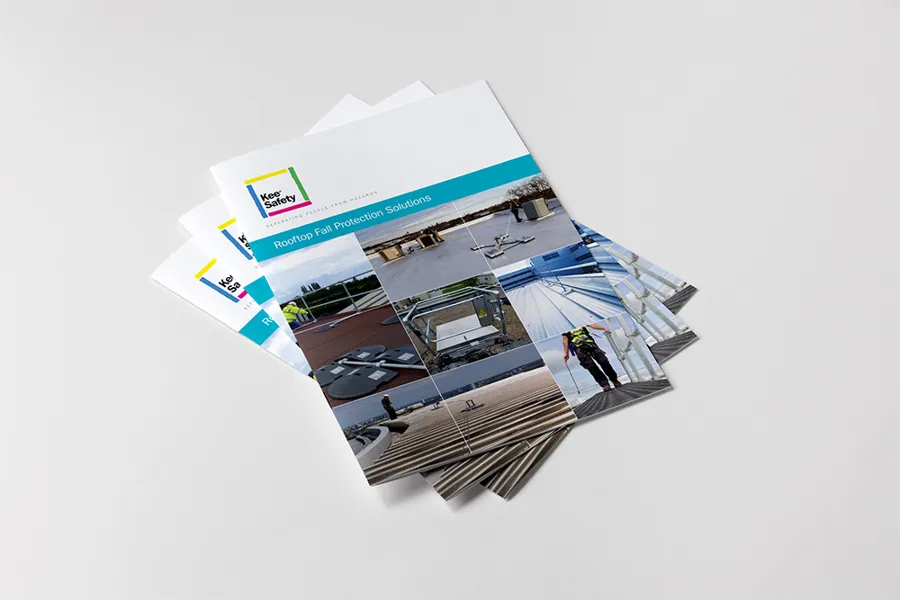5. Lifelines and Anchors
Lifelines are often top-of-mind for rooftop fall protection. A specialized type of engineered lifeline that also provides travel restraint is a horizontal lifeline system. It offers versatility to be used on a wide range of roofs: membrane, metal sheet, and structural, installed overhead, or side-mounted to concrete, brick, steel, or stonework.
Whether for fall arrest or fall restraint, every lifeline requires an appropriate anchor with proper anchor strength. If the lifeline system does not have a built-in anchor or cannot be affixed to a suitable anchor point, there are available alternatives.
A fixed or permanent roof anchor point can be installed on a wide range of roof types with underlying structures of steel, concrete, or wood. Mobile anchors do not penetrate the roof and can be positioned and moved on flat or low-slope roofs (up to a 5-degree pitch).








